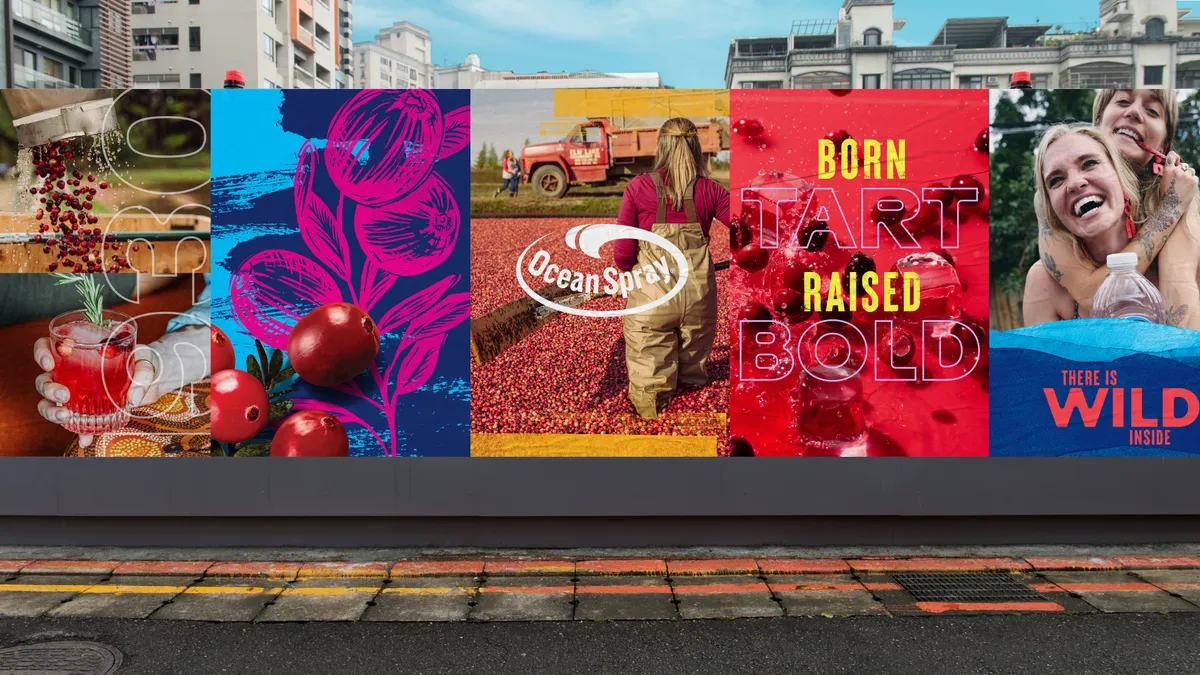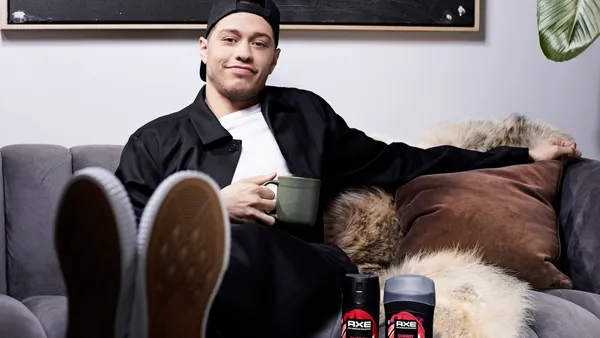NEW YORK — Duracell is still a billion-dollar brand, but as personal electronics have evolved from Game Boys and digital cameras to smartphones and smartwatches, the role of the battery has changed in daily life. For a marketer in a low-interest category like batteries, the challenge is compounded, explained Duracell’s Global Chief Marketing Officer Ramon Velutini.
“An inconvenient truth for us [is] the part of the brain reserved for thinking about batteries is very small,” Velutini said during a panel at Advertising Week New York on Tuesday. “To make matters worse, the part of the brain reserved to think about battery advertising is even smaller.”
Velutini has been global chief marketing officer at Duracell for nearly five years, but has spent more than a decade with the brand, dating back to before Procter & Gamble sold it to current owner Berkshire Hathaway. During that time, Duracell and its agency partners have worked to make battery choice matter by marketing around the moments when its batteries are doing the most good for consumers and culture.
“The thing that keeps [me] up at night … is becoming like the banana category,” the executive said of his team’s challenge. “If you get lost in consumers' minds, they start deeming you less important, and then you're at risk of the commoditization.”
Brand can’t take a backseat
During the panel, Velutini highlighted a handful of campaigns that saw the brand engage with culture through breakthrough creative, including a 2014 campaign about Derrick Coleman, a fullback that played in the NFL despite being legally deaf. The moving “Trust Your Power” spot told a true, emotionally charged story of how Duracell played a role on the field, beyond just in headsets and electronic equipment.
“We're not the official hummus of the NFL,” the executive noted. “We're actually in the game, which is a really good, authentic tie in.”
A 2015 spot made an even stronger pull on consumer heartstrings. “Teddy Bear” shows how Duracell powered a talking teddy bear that played a message from a deployed member of the military, culminating with the tearful reunion of father and daughter. But in both spots, the battery brand was a bit lost amid the emotional storytelling.
“We have tried to create that shift on focusing on selling batteries and making sure that even though we're trying to elevate the importance of the category or our stance in culture, it's important that Duracell doesn't take a back seat to the stories we tell,” Velutini said.

Duracell was in a stronger position in two campaigns from 2023. The first, “#BitterIsBetter,” keyed in on the brand’s innovation around lithium coin batteries that present a toxic choking hazard to children. Duracell began applying a non-toxic bitter coating to the small batteries, discouraging swallowing and helping out beleaguered parents. To highlight the bitter coating, Duracell ran video content featuring Lance Bass and offering to give away $1 million in free batteries.
“Our share grew globally with this innovation, and in the U.S., it grew 50% in the last five years, which is a lot in the category,” Velutini said. “Consumers were adopting it, retailers were getting behind it, so obviously, that body of work really worked at rising business.”
The second effort made an even bigger mark as Duracell found an organic connection to the reality show event of the year: the so-called “Scandoval” around the break-up of “Vanderpump Rules” stars Tom Sandoval and Ariana Madix. Nodding to a clip in which Sandoval mentioned he was “in charge of batteries” at the couple’s home, Duracell quickly left a TikTok comment: “Guaranteed to last 10+ years, unlike Tom.”
Within days, Duracell had shot an ad with Madix, who claimed she was “done with anything basic” and called out Duracell’s 12-year guarantee. The video notched more than 26 million organic views, more than 90,000 shares and led to a 25% gain in social following. The earned media that followed led to 5.4 billion impressions and nearly $50 million in net ad value, according to information the brand shared on stage. The success speaks to how brands can navigate latching onto pop culture.
“I always use this lens of, can you add any value to the conversation? Do you have any right to have that conversation? The majority of times, the answer is no — you're a battery brand,” Velutini said. “On this one, we did not only have the right to activate it, but we also added value.”
Lessons learned
Duracell’s next marketing work is due out in several weeks, and will see the brand continue to “unapologetically” sell its batteries by maintaining that it is “built different” than its competitors. That and future campaigns will be driven by four lessons that Velutini shared during the panel:
- “Even within marketing, you get lost in the fact that you talk about something 24 hours a day, and the consumers talk about it two times a year. I would invite you to bring some self-awareness. Say, what role are we playing in consumers lives?”
- “The consumer is feeling the pinch … you're always faced with two routes. One is you just cost save, and then you try to keep it so you can try to maintain relevance in this in this area. Or two, you win the hard way, and the hard way is via innovation and via brand building. If you don't invest in the long-term, value creation story… it's just not gonna last.”
- “It feels warm and fuzzy when you win an award, but I think it feels even better when the profit goes up… because that's at the end of the day what we're here to do.”
- “Make the work, earn the money… You might have struck gold with an idea, but if you don't spend sufficiently behind it, it's not going to move the needle as much as you want.”























